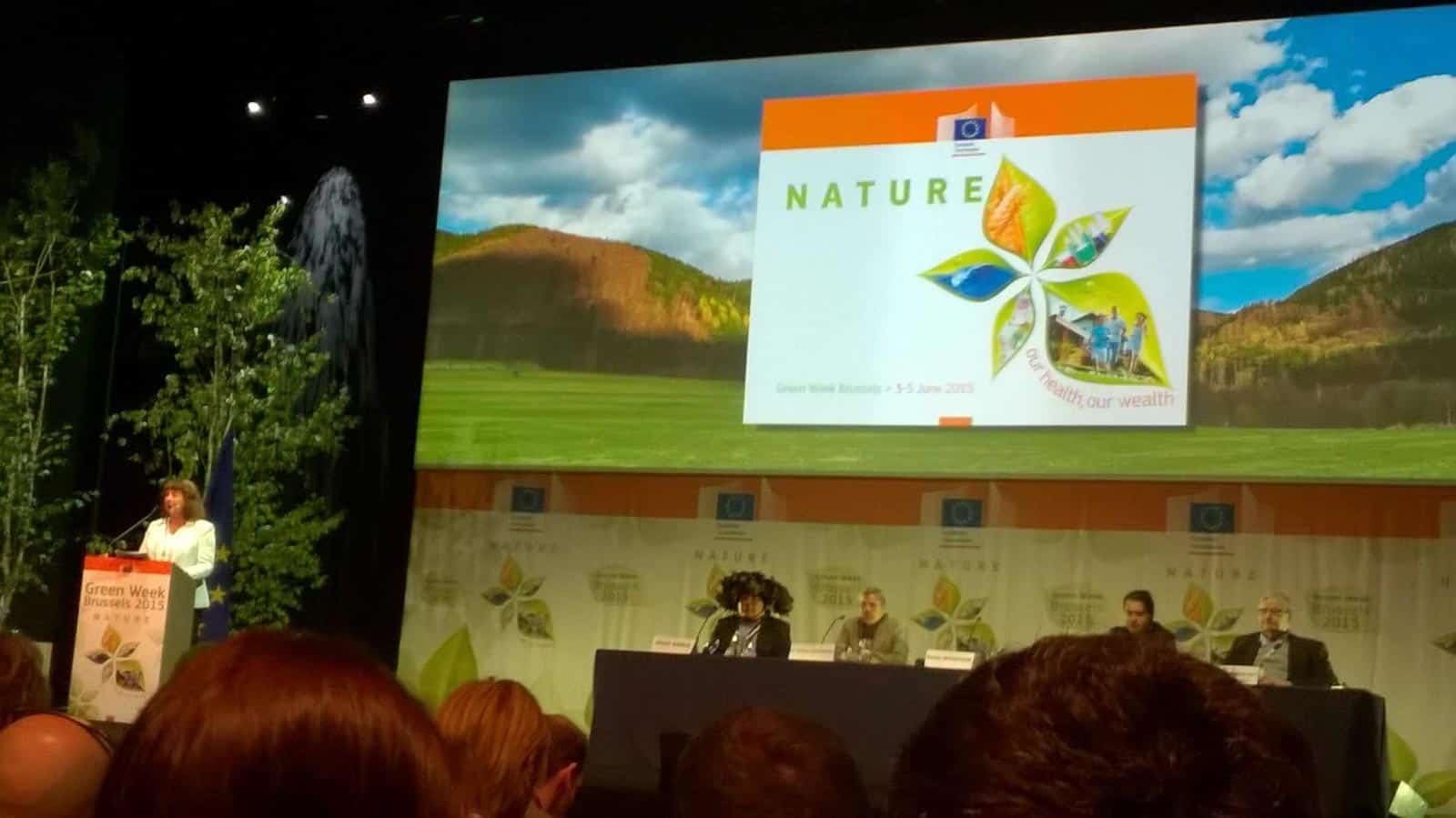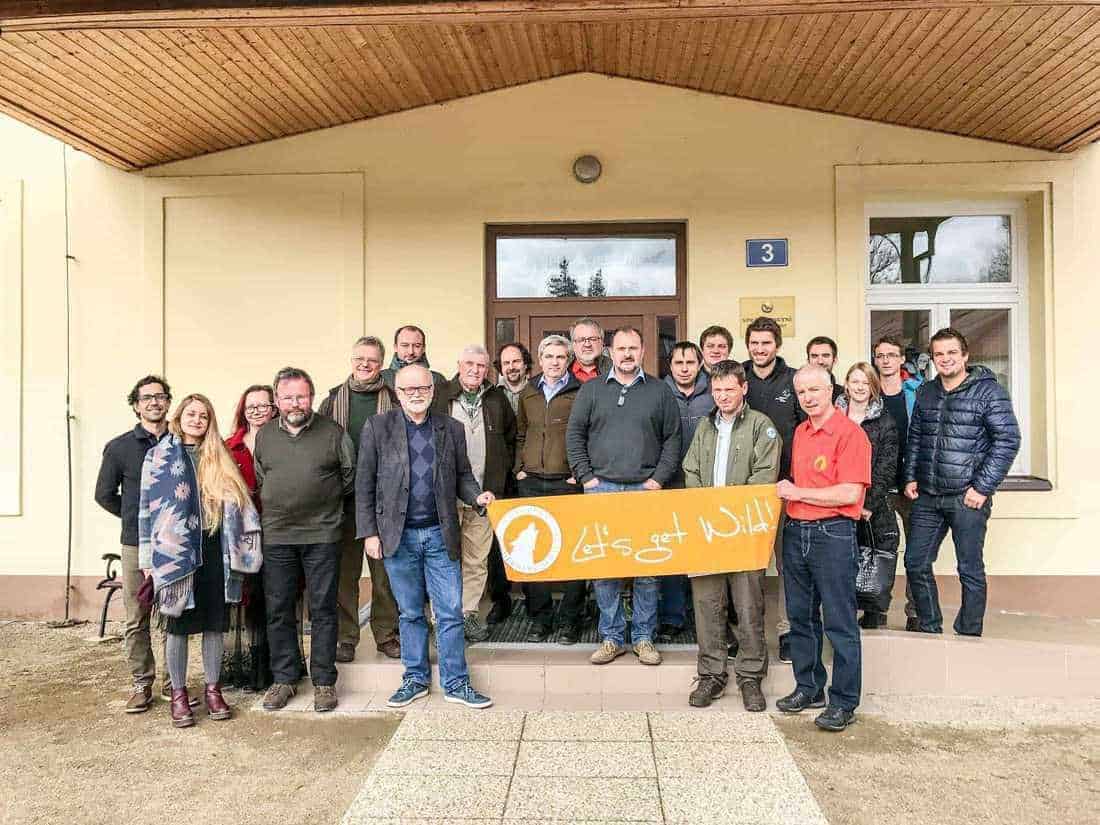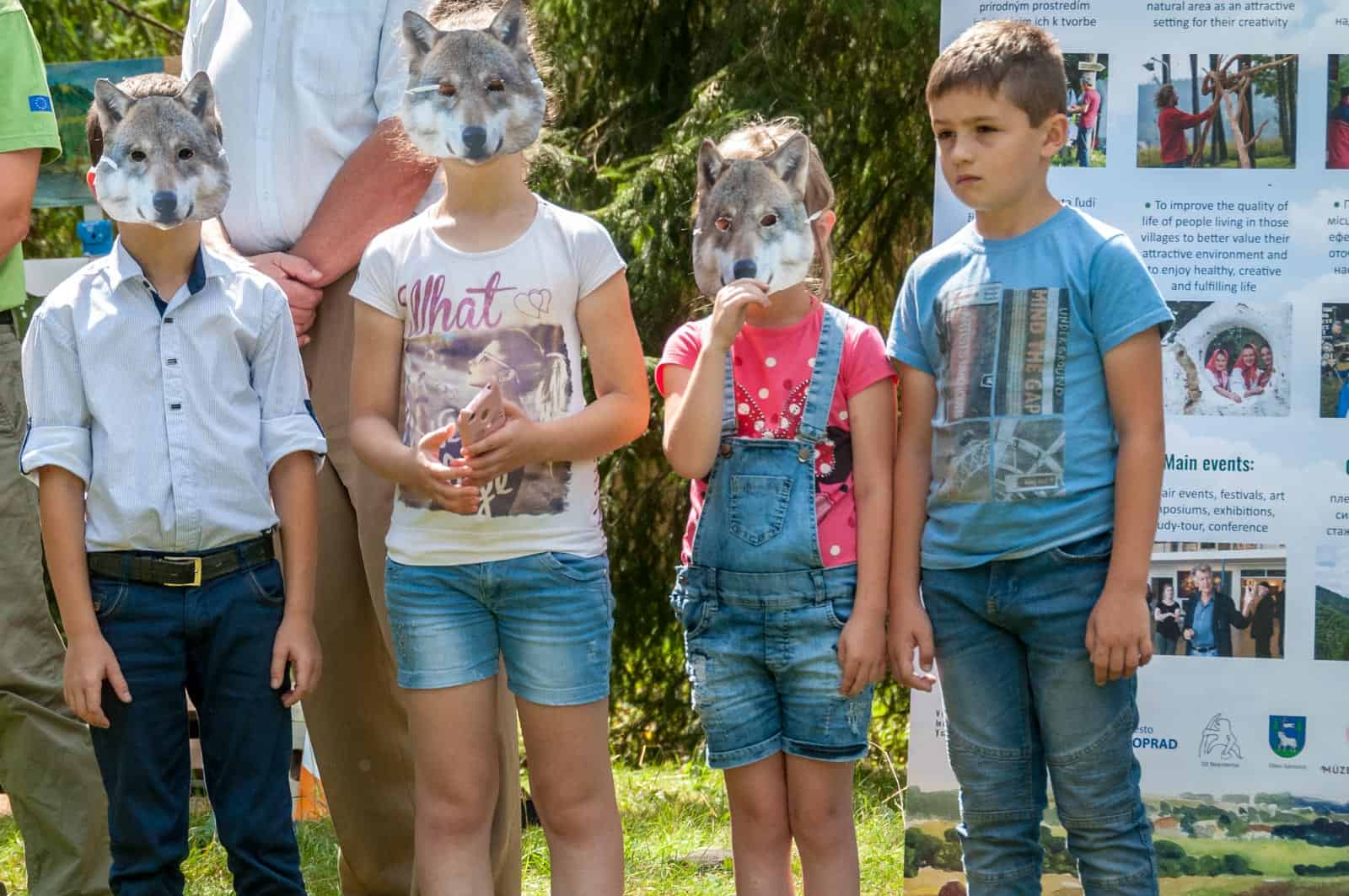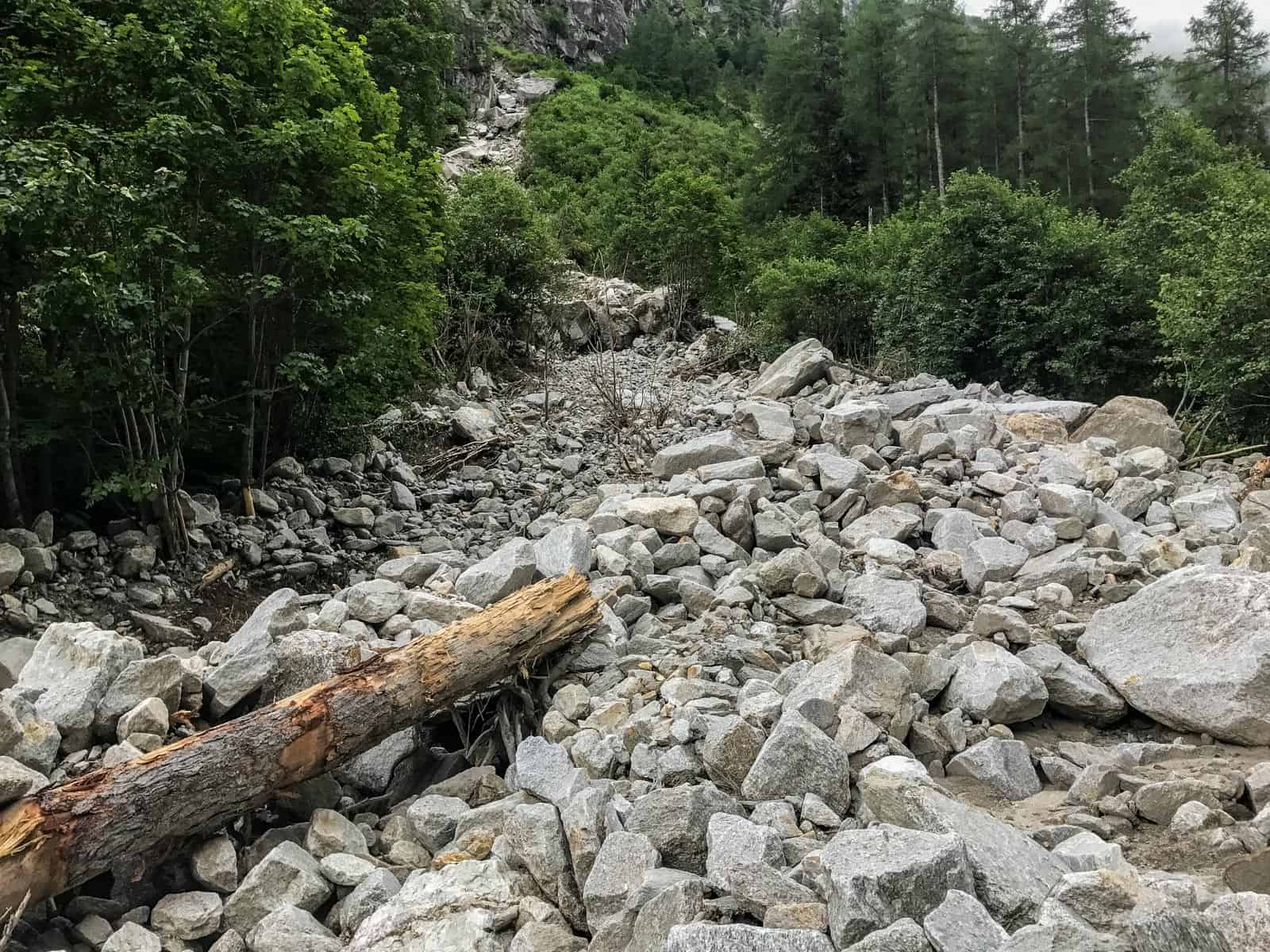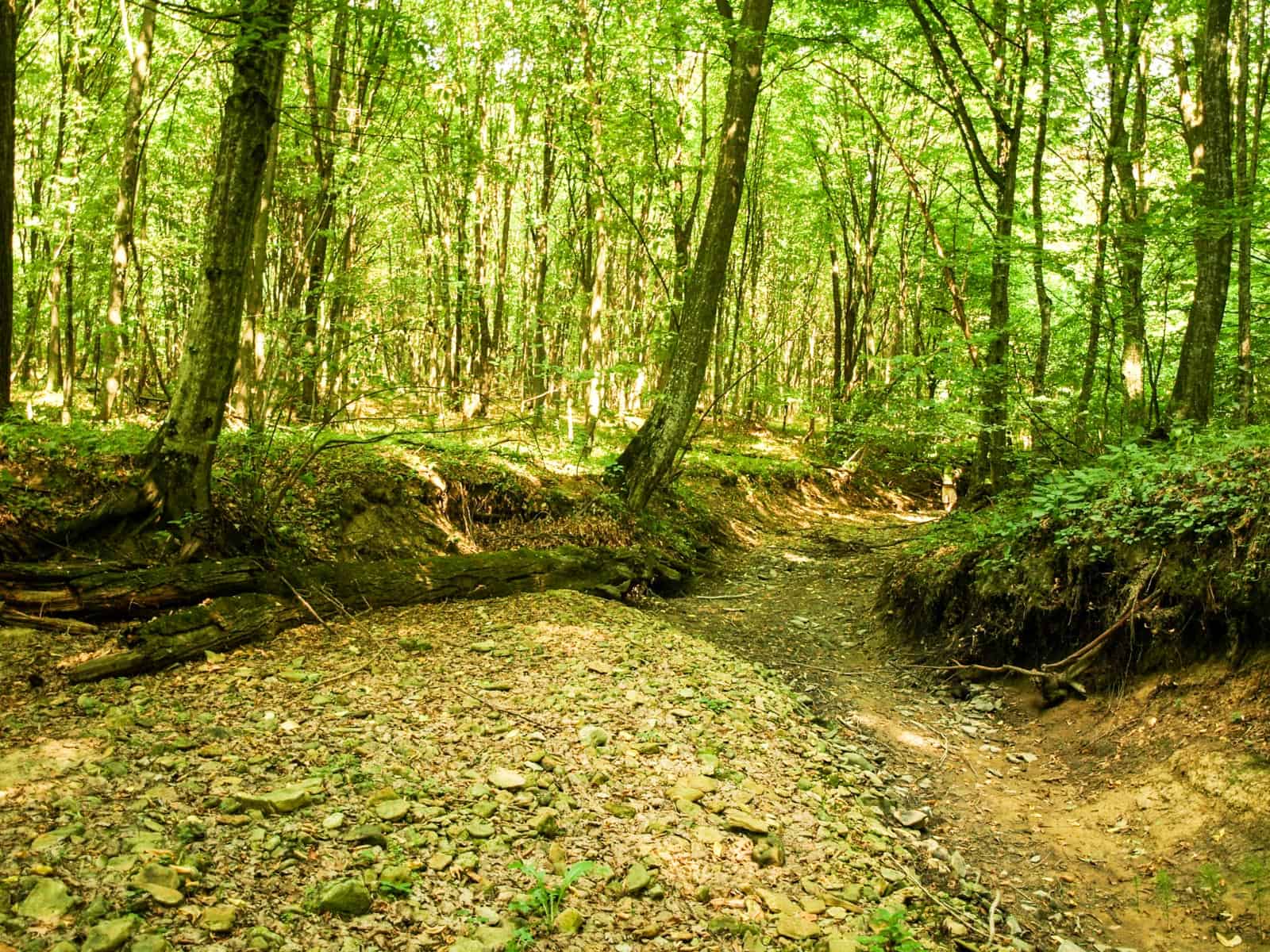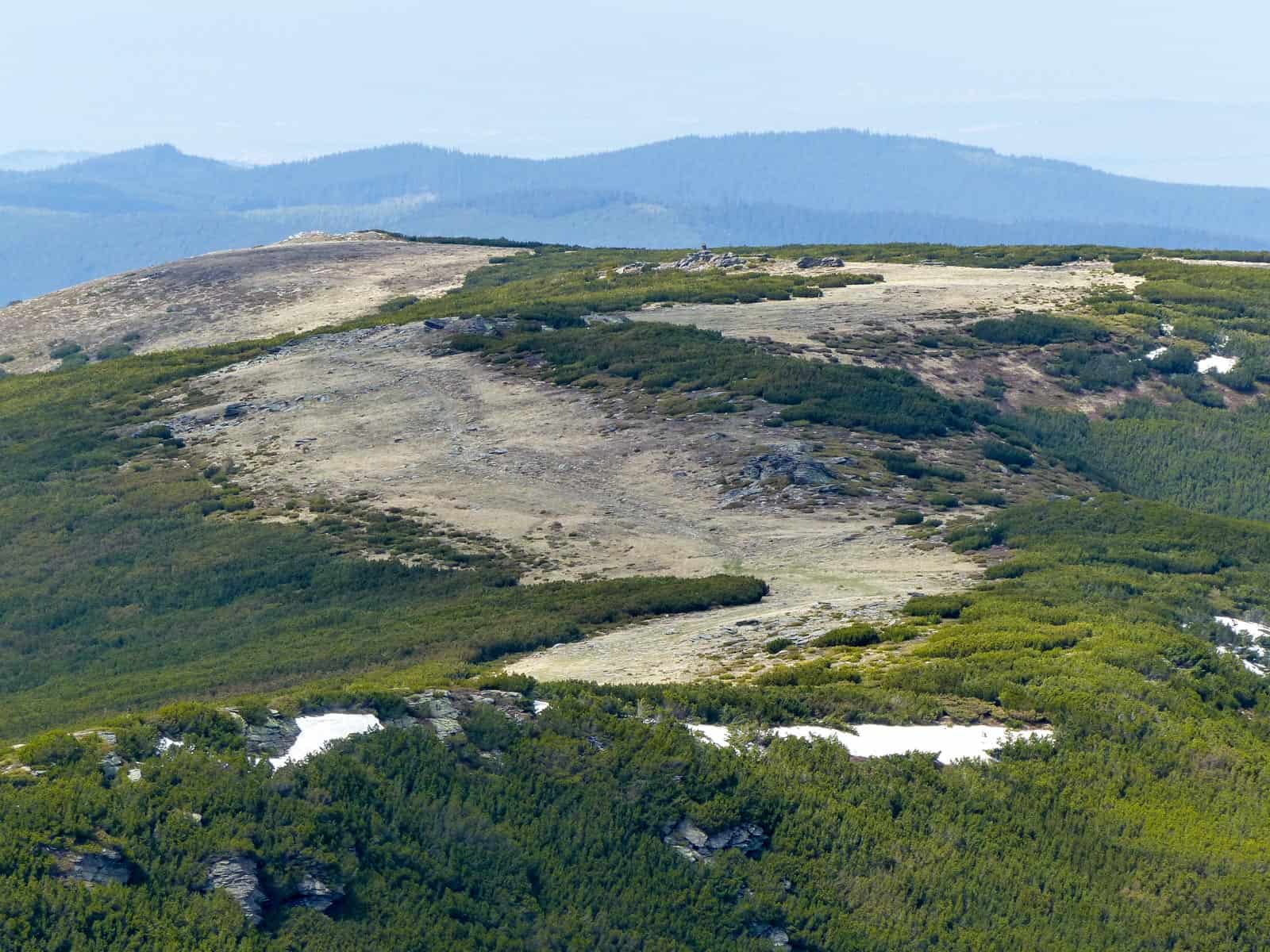Iran: Plans to Protect More Natural Areas
Iran is a big country with a lot of diverse landscapes. From seas to snowy mountains, deserts to forests, there is everything you could wish for if you enjoy nature. The vast areas are also home to many endemic species, meaning they only live in that particular place and are not found anywhere else on earth.
Iran today
Iran, among other nations, encompasses two global biodiversity hotspots: the Irano-Anatolian and Caucasus hotspots on five groups of mountain ranges, the Azerbaijan Plateau, Alborz, Kopet Dagh-Khorasan, Zagros and the Yazd-Kerman massif, where most of the country’s biodiversity is located.
Iran is rarely heard of when it comes to biodiversity and not really known for a rich wildlife. However, the reality looks quite different. The big nation is home to many different species and landscapes. Now, there are efforts to protect Iran’s biodiversity and its endemic species. Already four categories of nature reserves exist: National Parks, Protected Areas, Wildlife Refuges, and National Nature Monuments. The Department of the Environment is continuously working in order to increase these areas.
Iran also has some of the most important and vast wetlands in south-west Asia and progress has been made to further protect and preserve them. The wetlands in the northwestern part of Iran are home to migratory birds wintering there and aquatic ecosystems, including some endangered fish species.
Next to the Caspian Sea in the forests and mountain ranges, 180 species of birds and 58 mammal species can be found. Including some very unique species, like the Persian leopard, Asiatic cheetah and the critically endangered Gorgan mountain salamanders.
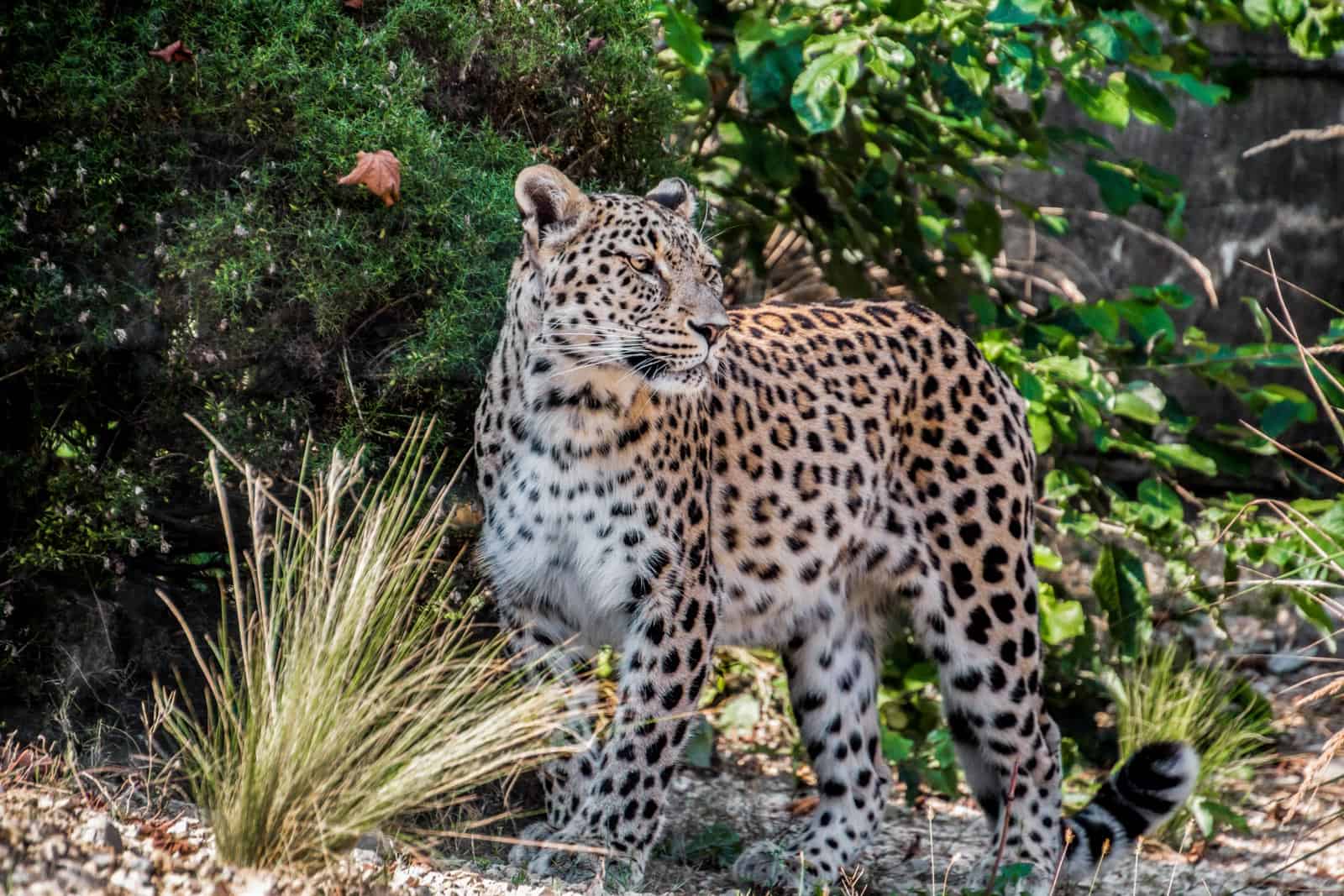
Iran, due to its varied landscape and ecosystems, functions as habitat for innumerous flora and fauna species, of which many are in need of protection, among them the Persian Fallow Deer, the Asiatic Black Bear, and the Marsh Crocodile.
[Iran] is a richly biodiverse land with forests, high mountain ecosystems and arid landscapes. […] The areas we’ve identified for priority protection are not only critical to protecting these threatened species, they’re also globally important ecosystems.
Plans to protect more natural areas
Now there are concrete plans to develop more protected areas throughout the country, increasing them from approx. 11% to 20%. This is being done in the course of a study that researches different animal species that are already threatened to become extinct. The researchers try to pinpoint the exact habitat and the occurrence of these species. There are many different aspects that have to be factored in so that ideal areas can be found, carrying out nature conservation and species protection most efficiently. For example, researchers look at distribution characteristics for certain animals, species’ level of endemism and the IUCN Red List threat status. The study, once completed, is hoped to be seen as suggestion and help in decision making by the government. It locates the important areas for conservation in line with national and international targets that require effective conservation action.
Threats
There is a threat of man impacting natural areas that are not protected, which in turn leads to habitat destruction, loss of biodiversity and extinction of endemic species. Land-use change is said to be the most contributing factor to biodiversity loss, and this can also be seen in this case. In turn, this will lead to more and more grave consequences for ecosystem functions.
Some birds (including birds of prey) are also threatened by illegal hunting and tourism hunting. By protecting another 9% of Iran’s biodiversity, if done right and the right area is chosen, a lot of species can be conserved. 9% can already make a huge difference for wildlife.


